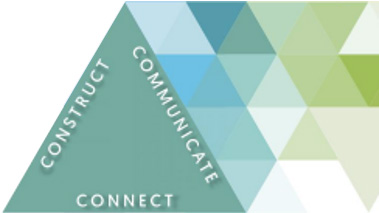Rita Gunther McGrath corrects some incorrect assumptions.
When the ratio of assumption to knowledge is high, spending a lot of time on elaborate spreadsheets is senseless. Post-Covid-19, assumptions have the upper hand. It’s time to question them all – starting with those about cost-saving and efficiency.
A certain kind of business leader loves to brandish their effectiveness at lowering their cost base. We have come to accept mass layoffs – even in highly profitable firms – despite strong evidence of the long-term psychological and community damage. We have offshored, outsourced and reengineered, all in the interest of increased efficiency and higher margins.
These relentless efforts also created a huge business risk. Finely tuned systems are not built for resilience. A global supply chain in which low-margin items are made in the cheapest place possible sounds great, unless the item is protective face masks, and the country making them decides to keep those supplies for their own citizens.
What makes a system resilient against disaster? Scholars of High Reliability Organizations point to six key elements.
1. Redundancy
Redundancy means that if one part of a system fails, it can call upon another. Nucor Corporation famously builds decentralized operations in its mini-mills, each with their own engineering, finance, and other functions. If one has a problem, resource can be leveraged in other plants.
2. Isolation
Isolation refers to the ability of a system to cut linkages to a failing part of the system, allowing the rest to function normally. It’s like a circuit breaker on an appliance. A system with no circuit breakers – such as our system of global trade – makes it easy for problems to flow through the entire system.
3. Cross-training
If staff are trained in multiple roles within a system, they can more readily flex in response to excessive demands. US supermarket chain Trader Joe’s cross-trains employees on all the functions needed to run a store so it can quickly respond to unexpected demand.
4. Slack resources
Disaster preparedness calls for reserve supplies that can be accessed in times of need. In a situation with little slack, any additional demand is a potential catastrophe.
5. Localized decision-making
It is nearly impossible to predict the behavior of a complex system. A better approach is to push responsibility for decisions to those with the most knowledge – often those at the edge of the system who can see what is happening. General Stanley McChrystal of the US Army used this principle in the war in Afghanistan against an enemy that constantly shifted shape.
6. Systemic communication architecture
It is difficult to see the whole of a system when one is within that system. Resilient systems, such as the operations group McChrystal created, develop a shared perspective so that each actor understands the effects of their decisions on the whole.
In much of the world, some or all of these elements were absent, hence the devastating consequences of the pandemic. Yet building resilience is problematic: it means plotting certain present costs against vague, distant benefits. If we invest in resilience and nothing bad happens, people feel the investments were not worthwhile. Even now, people doubt the value of the Y2K compliance programme.
The pandemic might change such attitudes. It is likely to restore respect for national government, as one of the few entities able to command a system-wide view of what is going on. And it will probably shake our blind faith in globalization and frictionless trading, causing us to rethink how easily flows of people – and viruses – run.
If any good comes from the economic and social horror of Covid-19 it is this: it will give us a solid reason to balance potential future vulnerabilities with the efficiency gains of today.




